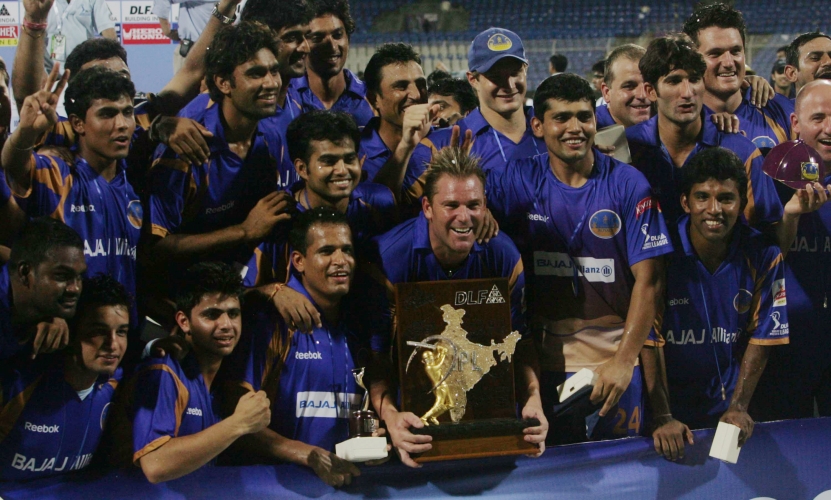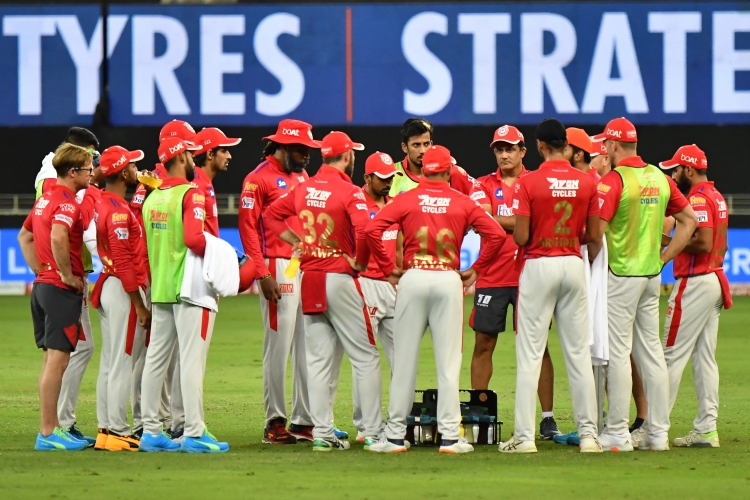 OPINION
OPINIONWhile it might feel like IPL and T20 cricket has been around for ages, it’s still a teenager. The first T20 World Cup was in 2007 and the first IPL in 2008.
I often refer back to the winning teams of these first two tournaments, and how both learnt some hard lessons. When India eventually agreed to send a very young team to the 2007 World Cup, without the majority of the senior players who were given an opportunity to rest, the gesture suggested they weren’t taking it all that seriously. Reports also suggest that team approached this brand new and foreign-to-them format of cricket with something of a casual attitude. They went on to win the tournament, beating Pakistan in the final.
In the inaugural IPL in 2008, a young team of Rajasthan Royals won the tournament, led by a Maverick captain Shane Warne who did things like getting players to dance in the changeroom to music immediately before going out to play. Like that 2007 Indian team, this winning Royals outfit approached the tournament with something of a casual or happy-go-lucky mindset. This very mindset translates to being able to perform without very much pressure – remembering that pressure arises from the amount of importance one places on an outcome and that pressure works against most players.

Both teams continued to apply their “winning formula“ of a casual approach to the ensuing seasons, and both teams ended up being nowhere in that format for the next 3 to 4 years. Whilst they certainly got the mindset right, other teams scrutinized and advanced well beyond them in the area of T20 strategy. Pre-game dancing alone was not enough.
Fast-forwarding to the current T20 teenage years, we see how just how important strategy has become. A game can be won or lost in a single over, and sometimes only in part of an over. With the ever-increasing amount of data and analytics now available, some teams could be accused of placing an over-emphasis on technical detail at the expense the lessons of those early winning teams – that a relaxed mindset is important. In T20 cricket, as in life, we need to maintain the delicate balance between structure and spontaneity.

Most teams find themselves playing under a cloud of significant pressure, and this is because results matter in the IPL. There are many who have a keen interest in results and thus add to the experience of pressure, starting with the owners, team mentors, coaching staff, the playing XI, non-playing squad members, sponsors and fans. When it comes to pressure, all players have a point at which a certain amount brings the best out in them, and where too little pressure doesn’t focus them enough and where too much causes anxiety-related mistakes. The nuance is that the ideal level of pressure is different for different players. There are very few ‘high-pressure experts’ who are known for having BMT (big match temperament).
The winning formula for modern-day T20 is now a lot more complicated than 10 years ago. Some of the important factors include:
- Having a very smart and then well-executed auction strategy is critical. This allows a team to build and fine-tune their squad over the three-year cycle before the next main auction. A great inaugural auction served CSK for a decade. A bad auction sets a team on a path into the wilderness for that three-year cycle, and sometimes longer.
- Getting the playing 11 right, with the right people batting and bowling at the right time of the game. With Cricket being so subjective, this is not as easy as it sounds. Coaches, captain and even the players need to apply the best thinking to this, and all involved parties ideally need to be aligned. When they are aligned it’s hardly noticed, but when they are not, the problem can cause severe headaches for all concerned. It happens that owners, maybe a mentor, parts of the coaching staff or even playing squad interfere with their (inappropriately expressed) divergent views to that of the coach and captain. This misalignment can derail a team’s campaign – what has happened, and still does.
- Having players dovetail well when it comes to form and performances in key moments. It’s very seldom that more than one or two players in one team find a 17-game run of form. With four foreign players per team, the lucky teams will have most of their foreign players putting in good performances over the course of the season. In the top few teams, these foreign players performances will generally neutralise each other. The same equation applies for the top two or three Indian players in each team - they need to be performing regularly.
Top foreign and local players performances still don’t guarantee a finals slot. The extra boost that really can make the difference is when the 3-4 younger and less experienced Indian players put in performances that get their team over the line. This might just be a quickfire 15 off 8 balls, a key over or even a great piece of fielding to remove a top opposition batsman. The contributions of these lesser experienced players are not less important than the performances of the best players in the world. RCB have long had some of the biggest names in the game in their team, Kohli, de Villiers, Gayle, Yuvraj Singh and more… but these did not translate to any silverware in the RCB cabinet.
We’re turning the final corner before the final home-straight in the IPL race. It’s an important time for teams to be aligned all the way from owners through to the junior-most player in a squad, for foreigners and the top Indian players to find or stay on form, and for some younger and emerging Indian players to put in the performance that will be the differentiator. And for these younger players, IPL is the world’s best nurturing ground for their talent.